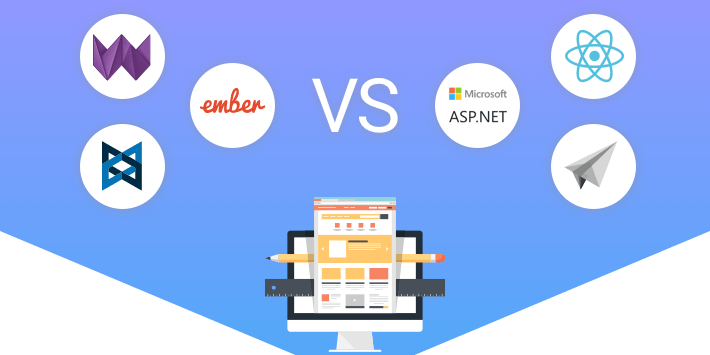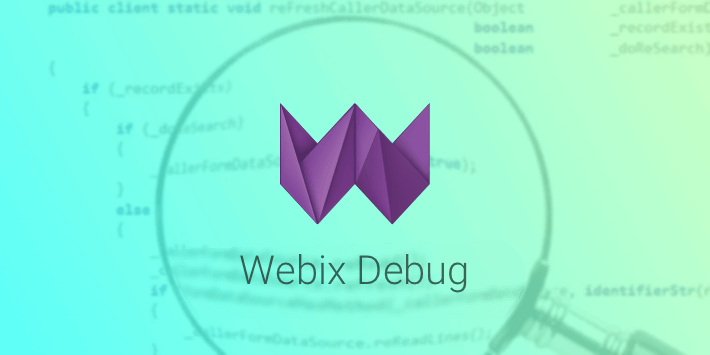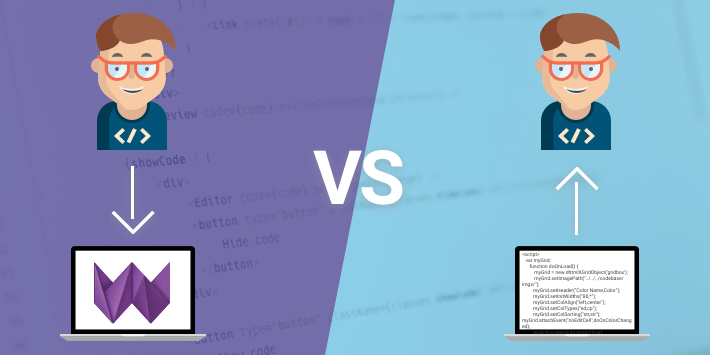How to debug code and develop UI effectively with Webix UI Framework
“Debugging is like being the detective in a crime movie
where you are also the murderer”. Filipe Fortes
Want to develop Webix-based apps wisely and efficiently? Tired of red-eye nights spent by the computer screen? Still feel pain after catching that naughty untrackable bug last week?
Then it’s high time to arm yourself with technology and knowledge. Today I am going to get you acquainted with debugging tools that Webix offers right out of the box.
Difference between Declarative and Imperative Programming with Real Examples
Atom Electron and Webix UI: An Example of Building Cross-platform App
If you’re a web developer that has an idea of an app that no one can live without, you may wish to enlarge your audience by creating a desktop version as well. But multi-platform desktop application development involves the use of many different technologies, which significantly complicates the task.
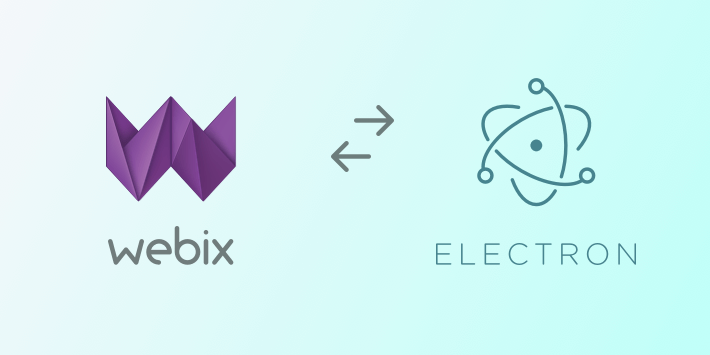
The main aim of this article is to learn how you can create cross-platform applications using Webix JavaScript Library and Electron. Besides that, we’ll use Node.js for the server-side part of our project and gulp to build project.
Real-time Web Applications with Examples by Webix UI and Firebase Tools
Webix, in its turn, provides a wide variety of components that you can use for building a user interface, from simple inputs to complex components, such as datatable, scheduler or spreadsheet, and even accessible UI components.
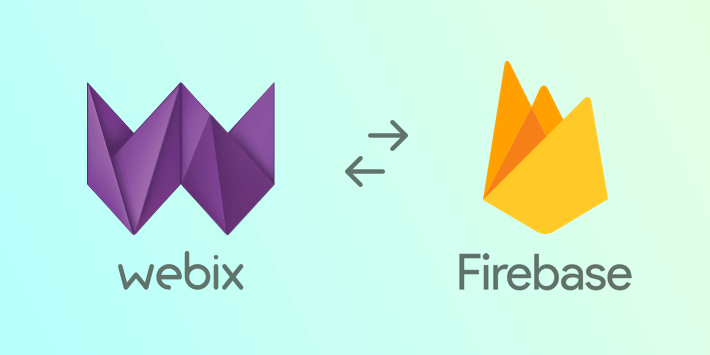
Real-time firebase apps allow users to get new information as soon as it is published. There’s no need in reloading. New data appears on the screen right after the update. This functionality can be used for demonstrating real-time changes in the form of different types of charts, for example.
In this article we’ll learn the basics of building real-time web applications with Webix UI and Firebase by Google.
Create rich user interfaces with JS Library
